10 Of The World's Most Deadliest Substances
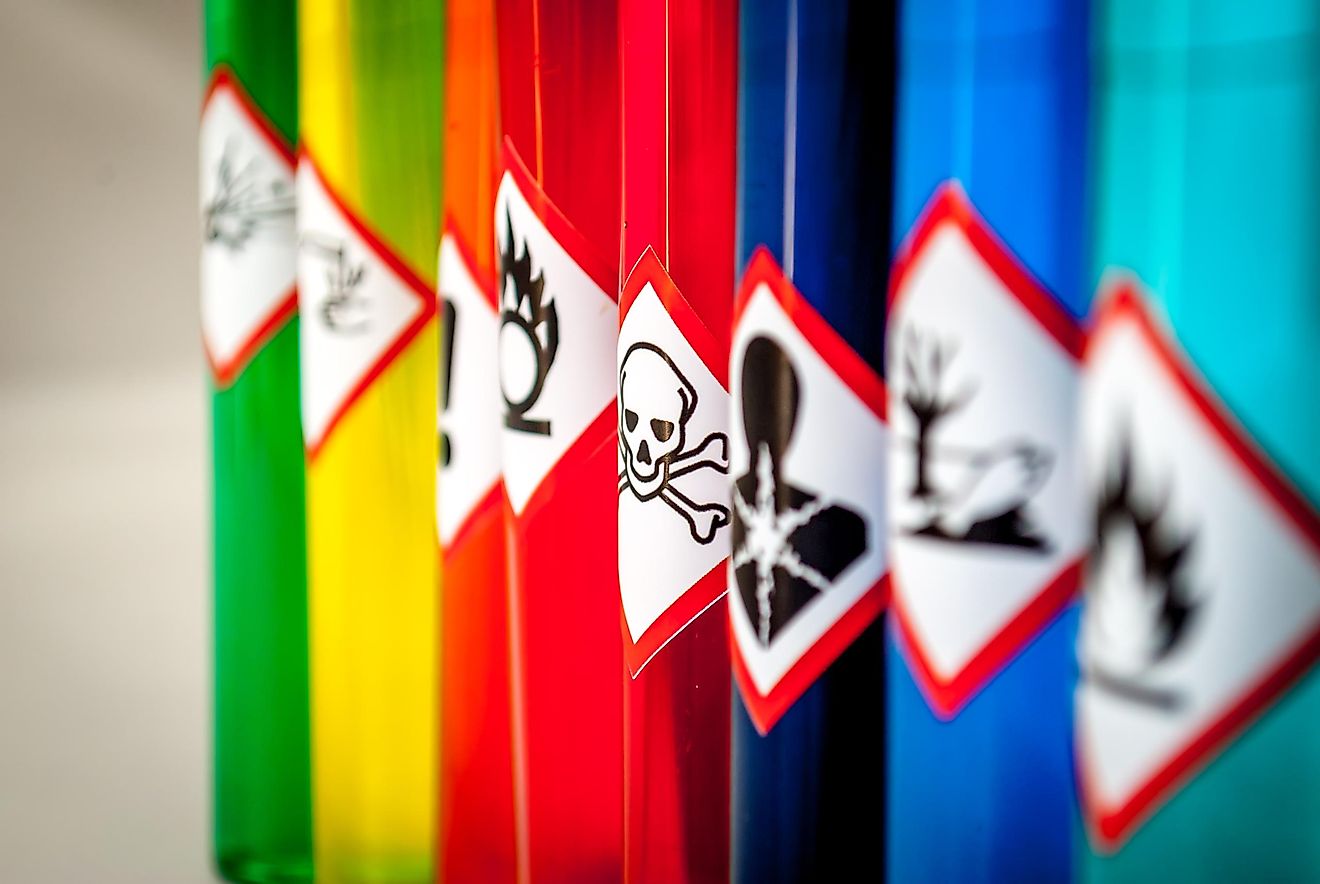
- Even though Thioacetone is not an expolosive or is poisonous, it is a foul substance that can be smelled at a distance of over 0.3 miles. It will make you nauseated and urge you to vomit.
- Chlorine Trifluoride was discovered by Nazis during the Second world war. However, they could not turn it into a wepon due to its highly volatile and unstable nature.
- A 0.03 ounces of Botulinum toxin A, or as it is commonly refered to as Botox, has the potential to kill over 8 million people. It is one of the most dangerous substances found in nature.
Imagine a single drop of liquid that is so powerful it can cause harm to hundreds and thousands of living beings.
There are plenty of extremely powerful and dangerous substances that exist in the world today, and we bring you a list of the 10 deadliest ones.
10. Thioacetone

Thioacetone is not poisonous, it does not explode, and it is not corrosive.
What makes it dangerous then?
The scent of this compound is so unpleasant people can not stand it. Back in 1889, a group of German scientists from Freiburg accidentally made the thioacetone compound, and the smell of it could be detected almost 0.3 miles away. It caused the people to vomit and eventually evacuate the town.
9. Ethylene Glycol
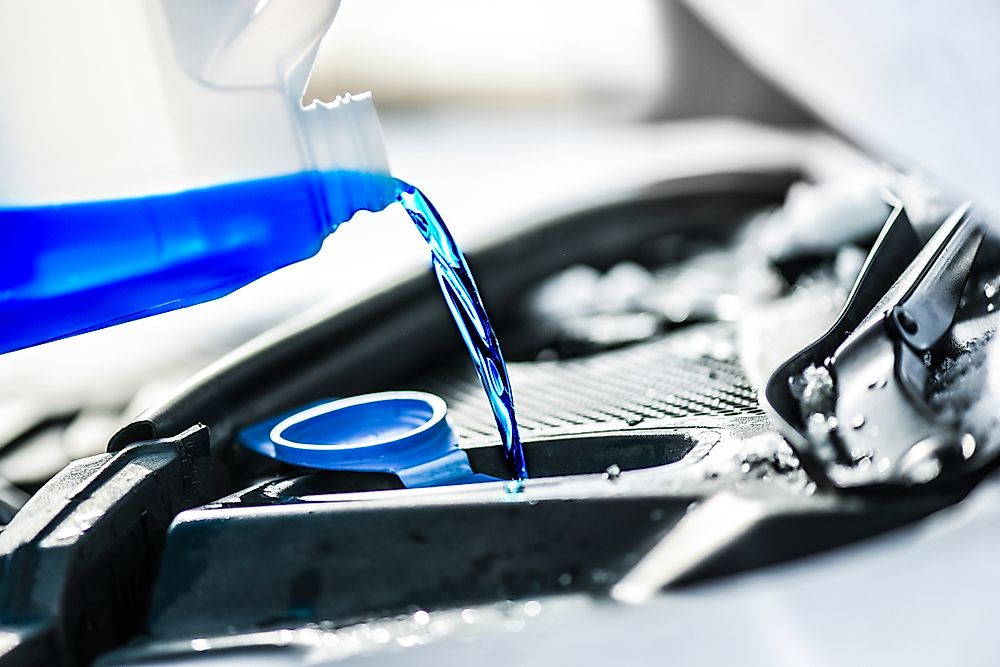
This chemical may be familiar to you as antifreeze, or the thing in you put in your motor vehicles during winter times to prevent freezing of liquids that the machine needs to function correctly. If it gets into our body, it turns into glycolic acid. From there, it attacks our central nervous system, and it messes up the pH balance of our body. All of that leads to a cytotoxic effect, which ultimately kills all living cells.
8. Potassium Cyanide
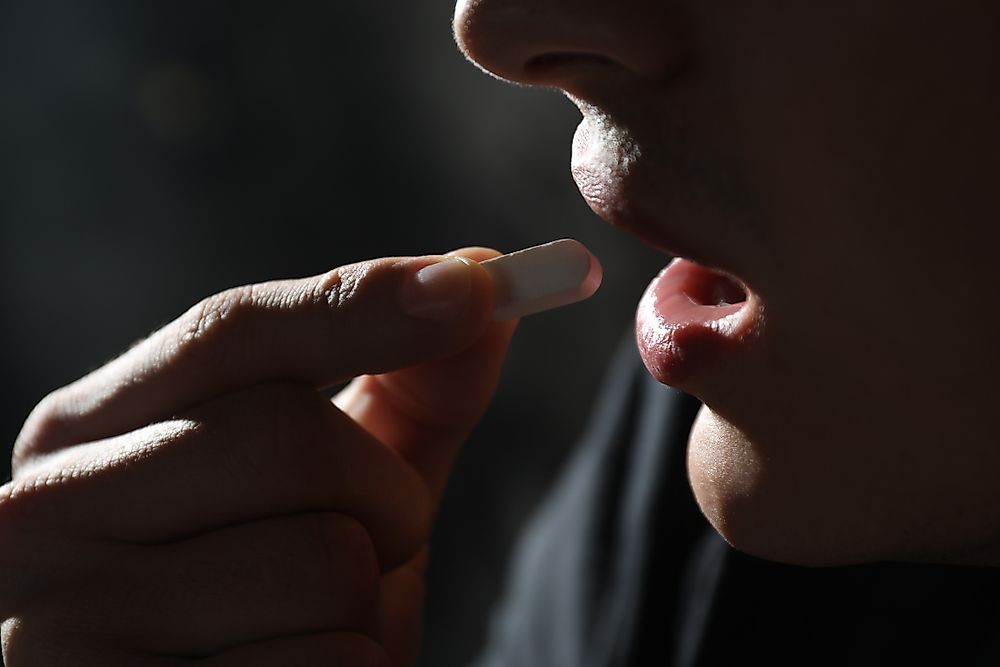
This compound is, strictly speaking, a type of salt. But, it is far more toxic than your regular NaCl.
If consumed, it leads to brain death in a matter of minutes. This substance was most commonly used in the so-called suicide pills, given to soldiers to ingest if they were ever held captive in a situation of war. The death from consuming potassium cyanide comes fast, as it inhibits cellular respiration, which, in essence, leaves our body without the ability to produce energy.
7. Fluoroantimonic Acid
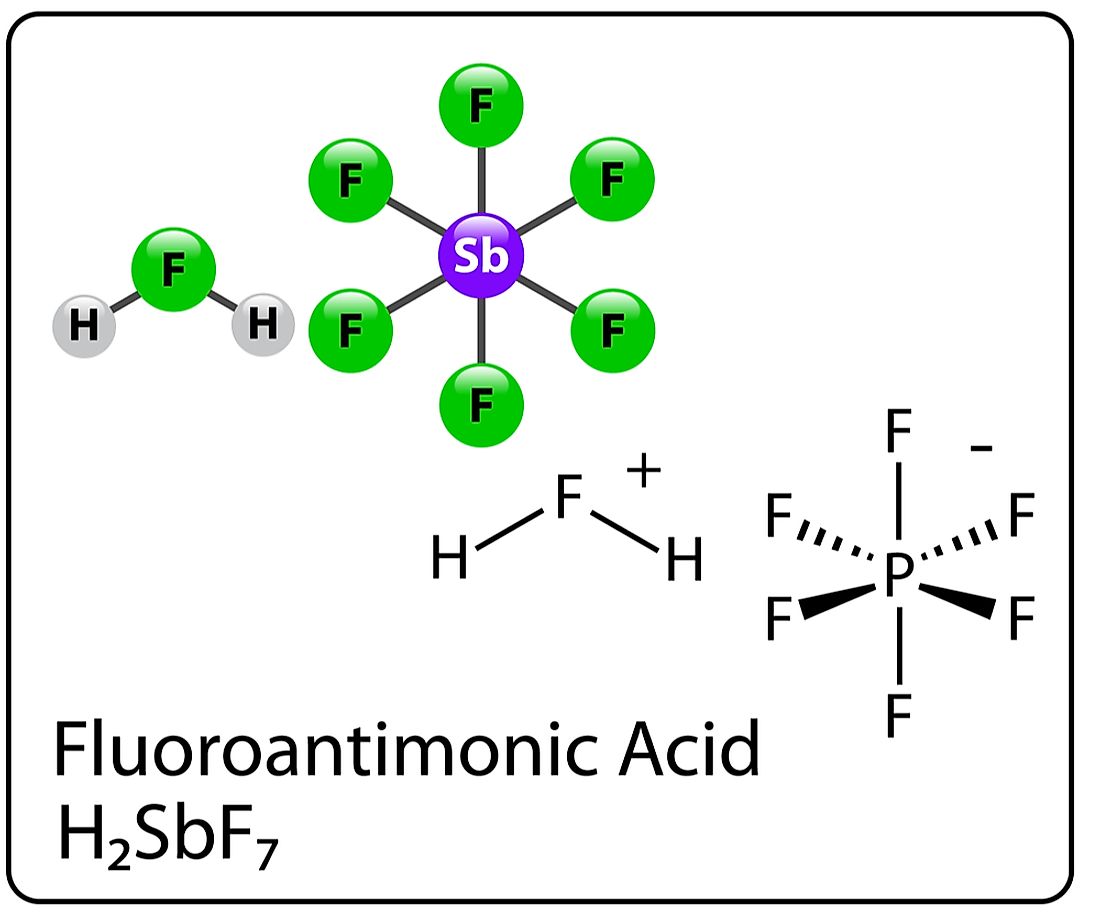
This acid is the strongest one known to mankind.
It is estimated that it is around ten quadrillion times more powerful than sulphuric acid. It reacts furiously when it comes in contact with water and will burn through glass, skin, and bones. The only way to keep Fluoroantimonic acid from going berserk is by keeping it in Teflon containers, which do not react to the acid's corrosive nature.
6. Azidoazide Azide
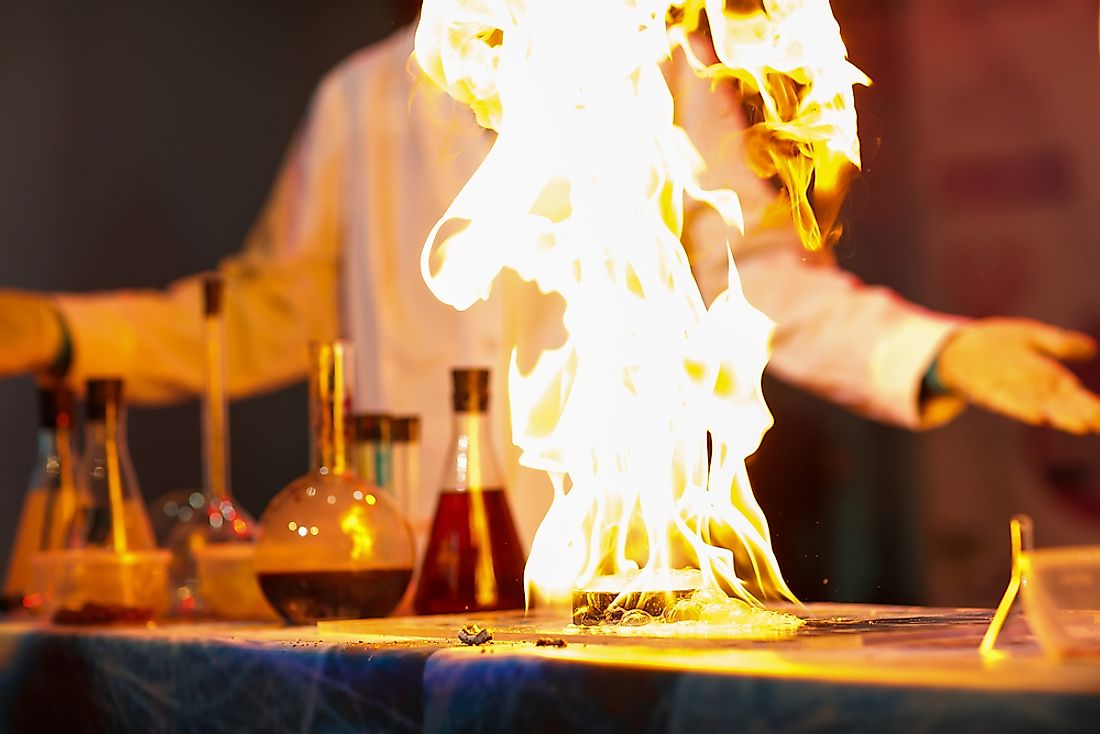
This substance is made of 14 nitrogens that are barely linked together. This creates a situation that goes by "high energy confirmation." Azidoazide azide is so unstable that the compound immediately wants to move to a state of lower energy, which creates tremendous amounts of energy. Even the smallest change in pressure, temperature, or even just a short exposure to light will make this substance explode.
5. Botulinum Toxin A
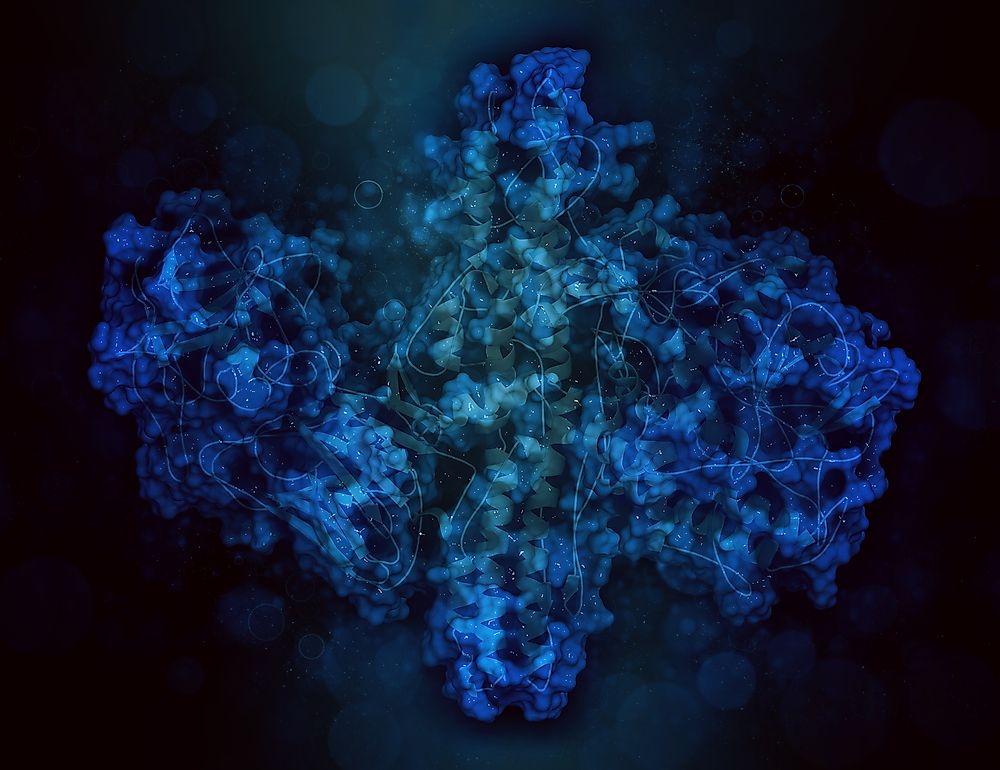
You probably know this substance in its short name variant - botox. Botox is used in plastic and cosmetic surgery, mostly because of its ability to paralyze the muscles that are responsible for creating wrinkles. On the other hand, this neurotoxin is one of the most dangerous ones we can find in nature.
Botulinum toxin A is a neurotoxic protein is produced by a bacterium known as Clostridium botulinum. Botulinum toxin A destroys our nerve connections that usually lead to respiratory failure and death. Just 0.03 ounces of Botulinum toxin A can potentially kill more than 8 million people.
4. Chlorine Trifluoride
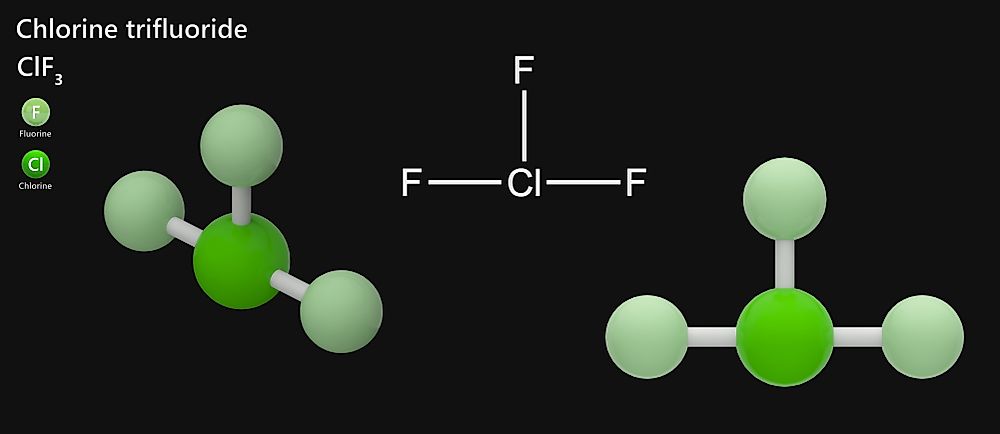
This substance was discovered by the Nazis in World War II. Better known as substance N, this chemical is super volatile. It reacts with practically everything, and it can ignite even glass materials, sand, and, unfortunately - people.
Chlorine Trifluoride is so reactive and unstable that even the Nazis could not transform it into a weapon.
3. Batrachotoxin
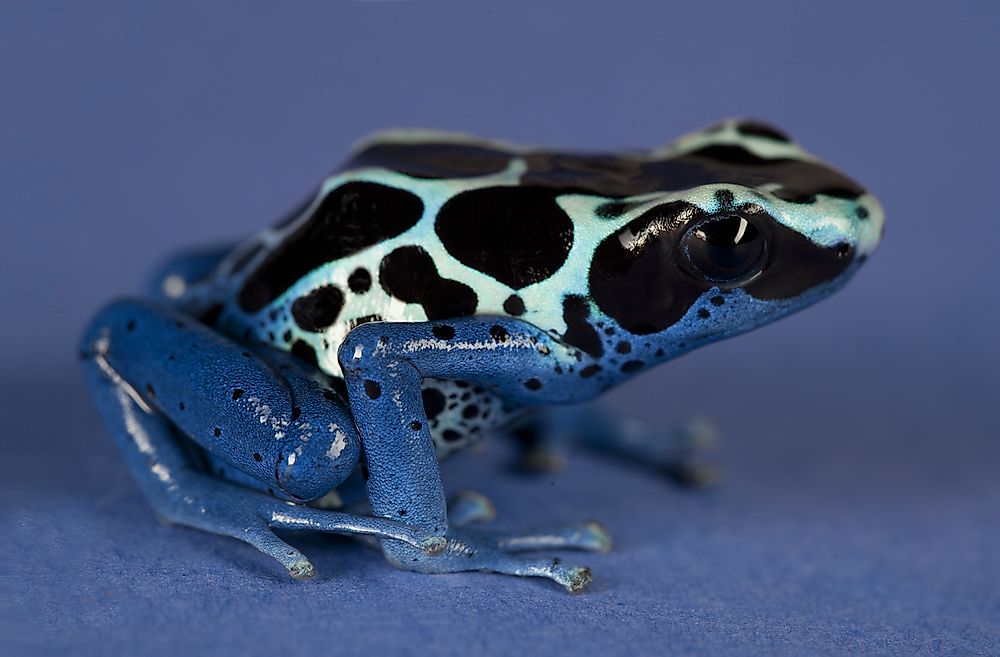
This neurotoxin can be extracted from the skin of a frog species (Phyllobates terribilis) that are native to South America. It takes only 2μg (2 micrograms = 7.05479e-8 ounces) per 2.2 lbs of someone's weight to kill a grown person. When exposed to batrachotoxin, our neurons stop working, which leads to complete paralysis and death.
2. Dimethyl Mercury
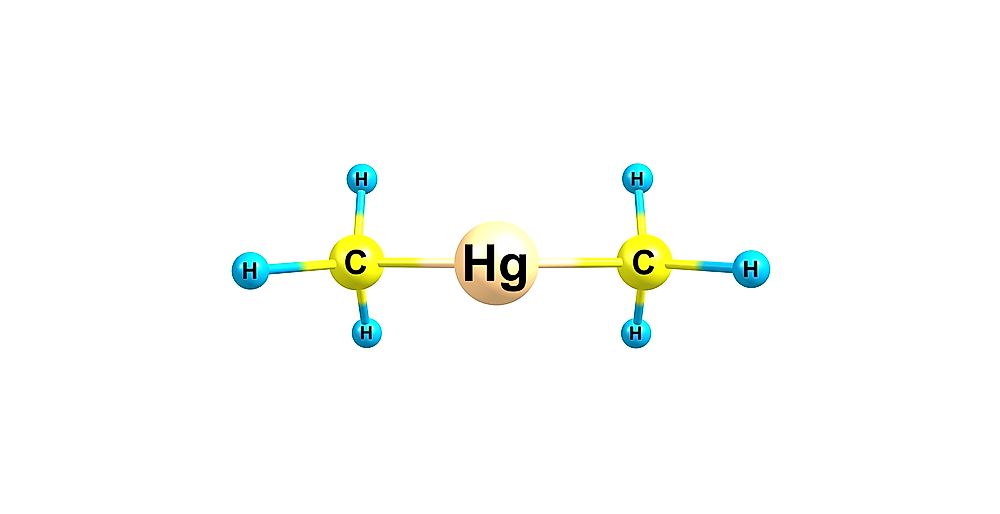
Mercury alone is toxic for most of the living beings on this planet, and it becomes even more dangerous when paired up with two methyl groups (CH3). Dimethyl mercury can easily be absorbed into our bloodstream, where the toxicity of the compound can do some severe damage. The signs of damage do an organism do not appear immediately. Instead, they come later in the form of cognitive deterioration. The failure of the cognitive system leads to coma and eventually - death.
1. Dimethyl Cadmium
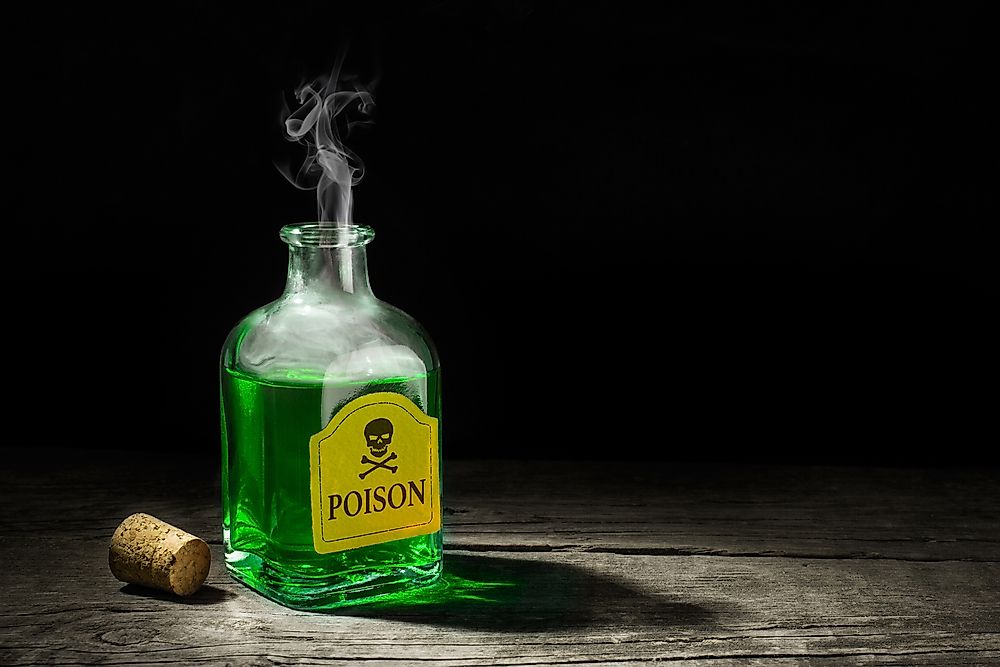
This chemical compound is probably the most dangerous one that people have created so far. This molecule can wreak havoc as soon as it enters our bloodstream, and it does not surprise a lot of chemists who do not wish to work with it. Even the slightest amount of this substance will destroy a person's heart and lungs as soon as it enters their blood flow.
When it comes in touch with water, which our body is full of, it turns into dimethyl calcium peroxide. This compound is highly explosive. If someone survives the initial contact with this compound, it is most likely they will get cancer due to the compound's cancer-causing effects.











